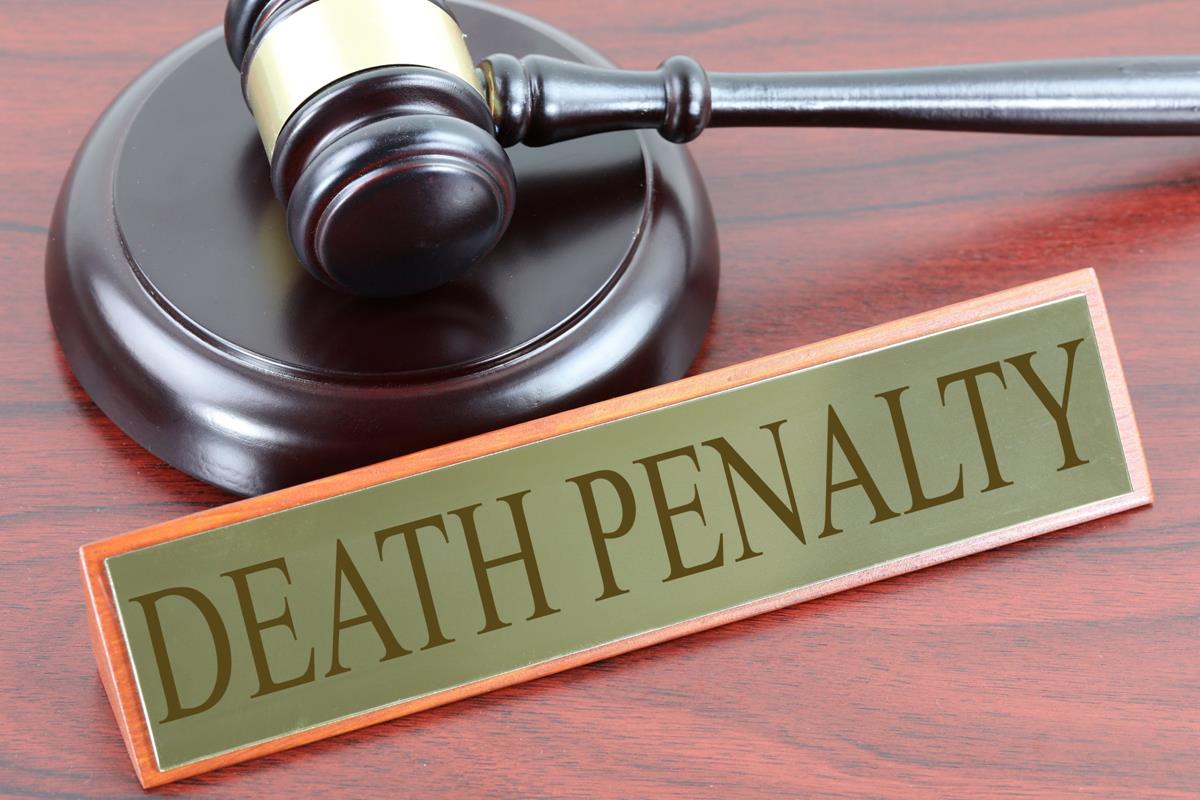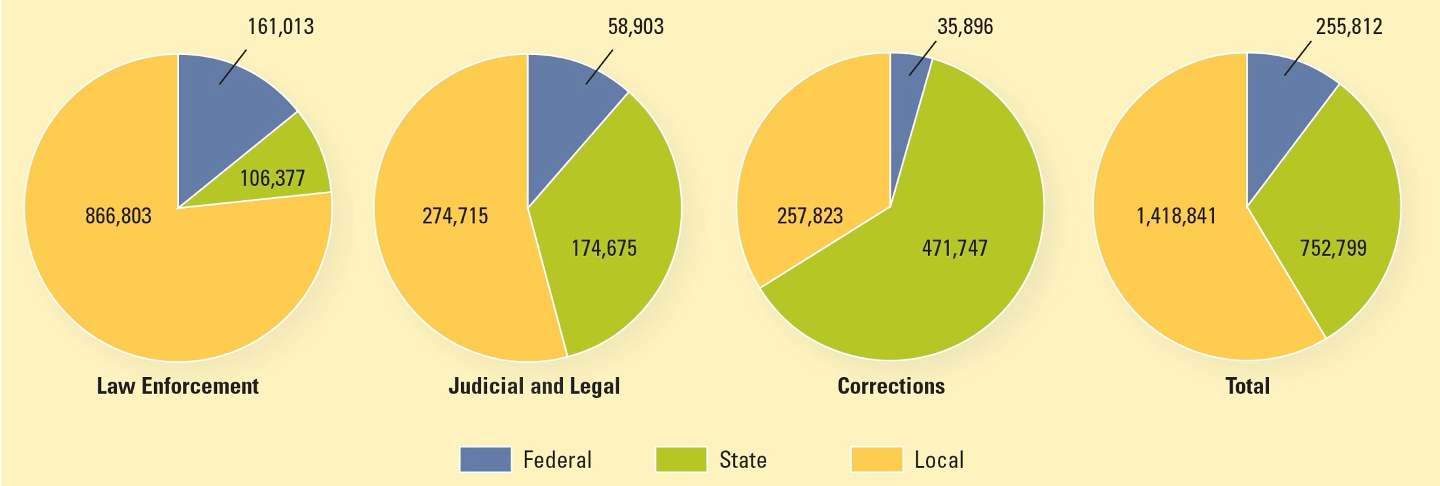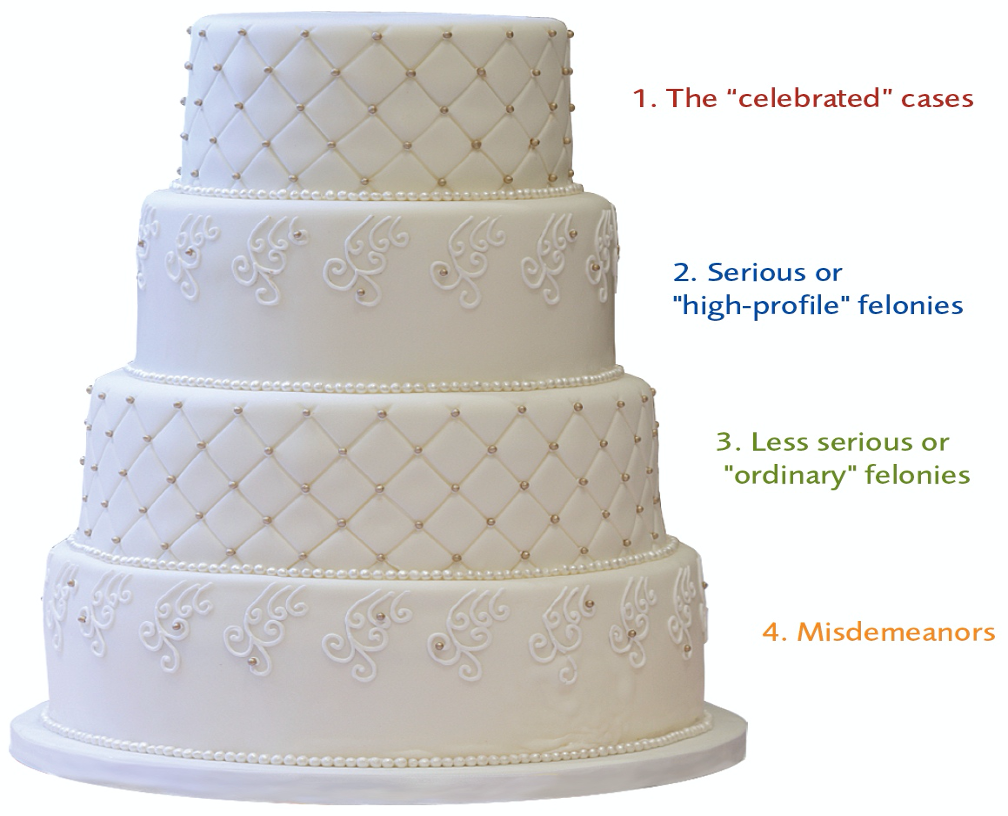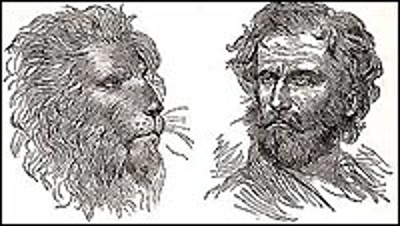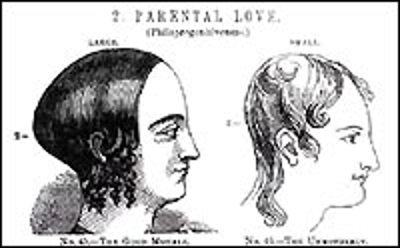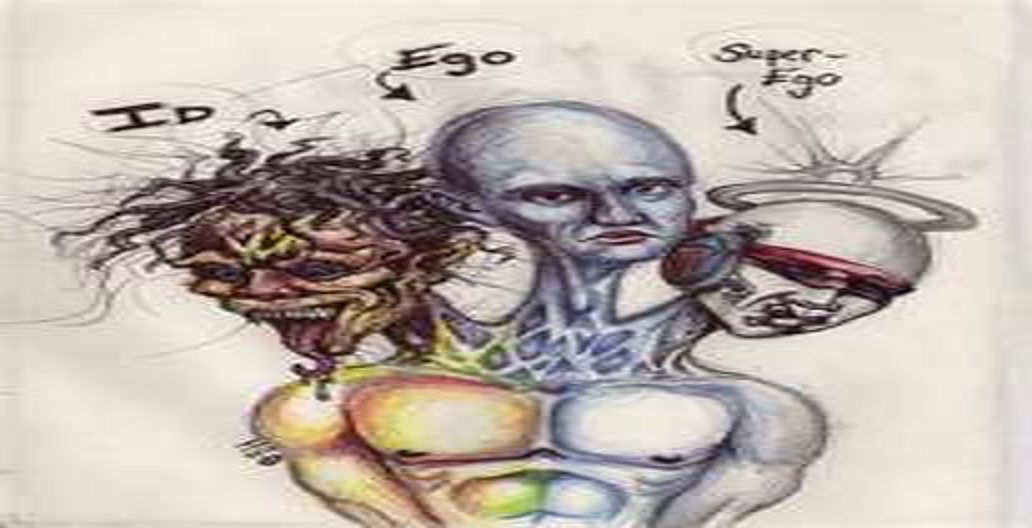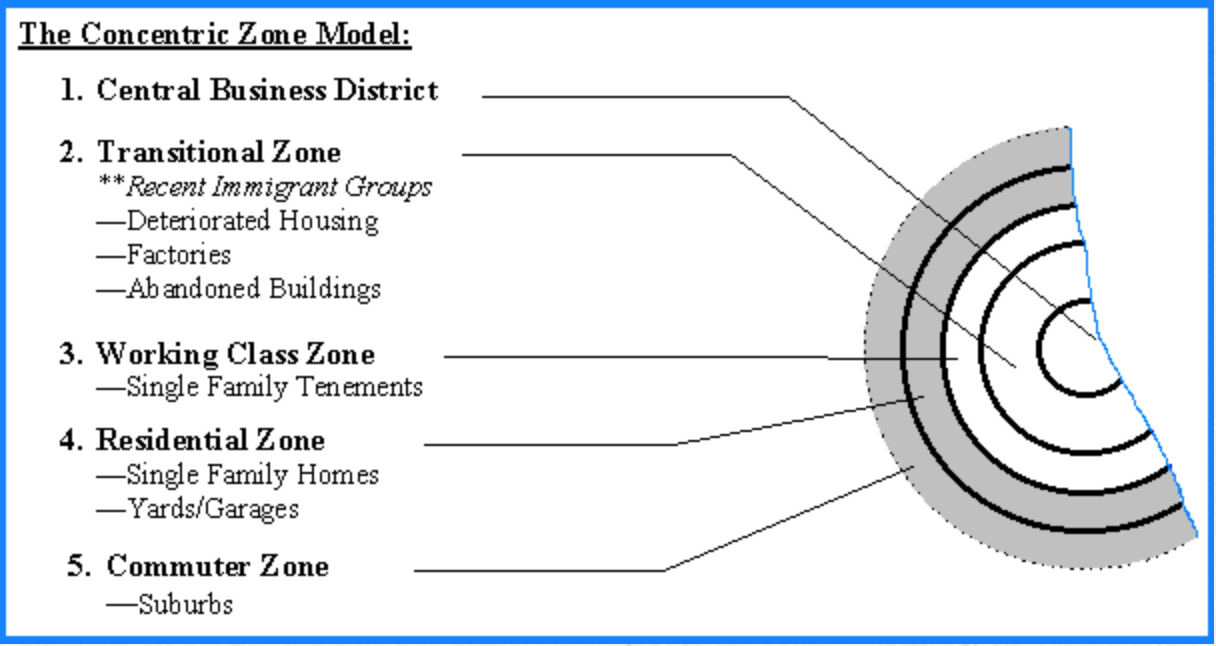Chapter One: Introduction to Criminal Justice

Section One: Overview of system and theories
Define Crime – How do you define something as a crime or criminal?
- A wrong against society proclaimed by law and if committed under certain circumstances, punishable by society. We can break apart this definition and find 3 key terms.
- Harm
- Law
- Punishment
What is Society?
Societies evolve and change, and so do its concept of criminality. We also know that society evolves and changes. We can look at several examples to illustrate that this is factual.
Models of Crime Control
These are two basic models that are found in United States that are key in determining how we control time.
Consensus Model
- The majority of citizens in a society who share the same values and beliefs. Criminal acts are those acts that conflict with those values and beliefs and are deemed harmful to society.
- Assumes that a diverse group of people will have the same morals. It also assumes that ethics is very consistent and the majority of people in society would know right verse wrong.
Conflict Model
- The content of criminal law is determined by the groups tat hold economic, political, and social power in a community.
- Other wise known as the Have and the Have nots
- Society is divided by class, income age, race
- Constant struggle to maintain and hold power
- Mala Prohibita
Otherwise known as the “Have and the Have nots.”

Society is divided by class, income, age, and race. It is a constant struggle to maintain and hold power.
For the following H5P activity, drag the correct word to the answer box drop zone on the image. Based on the image, choose whether it represents the conflict model, the consensus model, or neither. The image displayed below is a representation of muffins that have had Marijuana baked into them for consumption.
For the following H5P activity, drag the correct word to the answer box drop zone on the image. Based on the image, choose whether it represents the conflict model, the consensus model, or neither. The image displayed below is a representation of prostitution.
For the following H5P activity, drag the correct word to the answer box drop zone on the image. Based on the image, choose whether it represents the conflict model, the consensus model, or neither. The image displayed below is a graph showing the amount required for a five year prison sentence with both crack cocaine, and powder cocaine.
For the following H5P activity, drag the correct word to the answer box drop zone on the image. Based on the image, choose whether it represents the conflict model, the consensus model, or neither. The image displayed below displays 3 criminals sitting next to each other that all have 1 more strike. One criminal has a sign that reads “Indecent Exposure”, Another criminal has one that reads “Vandalism”, and the last criminal has a sign that reads “Littering”.
Integrated Definition of Crime
Punishable under criminal law, as determined by the majority of a society, in some cases a powerful minority.
Considered and offense against society as a whole and prosecuted by public officials, not by victims and their relatives and friends.
Punishable by statutorily determined sanctions that bring about the loss of personal freedom or life.
Only in PA: Laws specific to PA
- It is contrary to Pennsylvania law to discharge a gun, cannon, revolver or other explosive weapon at a wedding.
- You may not catch a fish by any body part except the mouth.
- Dynamite is not to be used to catch fish.
- It is illegal to have over 16 women live in a house together because that constitutes a brothel.
- It it illegal to sleep on top of a refrigerator outdoors.
- No more than two packages of beer at a time may be purchased, unless you are buying from an official “beer distributor”.
- All liquor stores must be run by the state.
- Motorized vehicles are not to be sold on Sundays.
Which do you agree with and why?
How we create policy depends on our views:
Conservative
- role of government as “the less the better.
- Government should tax less, spend less. Tax rate should not be higher for high-income earners
- Like the death Penalty and feels it reduces crime
- Tough on Crime
- POLICY?
Liberal
- individual freedom
- not afraid to explore and implement new and different ideas
- wants the government deeply involved in our lives
- Rehabilitation not Punish
- POLICY?
Categories of Crime

Violent Crime
- Crimes against persons
- Dominate our perspectives on crime
- Includes:
- Murder
- Sexual assault
- Assault and battery
- Robbery
Question?
Property Crime
- Larceny/theft
- Burglary
- Motor vehicle theft
- Arson
Public Order Crime
- Public drunkenness
- Prostitution
- Gambling
- Illicit drug use
White Collar Crime
- Fraud
- Embezzlement
Questions
- How is white collar crime different from other kinds of crime?
- How is white collar crime similar to other kinds of crime?
Organized Crime

- Committed by illegal organizations.
- Usually focused on satisfying a public demand for unlawful goods and services.
- Implies a conspiratorial and illegal relationship among a number of persons engaged in unlawful acts.
- Includes:
- Gambling
- Prostitution
- Illegal narcotics
- Loan sharking
High-Tech Crime
- Selling pornographic materials
- Soliciting minors
- Defrauding consumers
The Purpose of the Criminal Justice System
–To control crime
–To prevent crime
–To provide and maintain justice
The question is how do we accomplish each of these?
The Structure of the Criminal Justice System
Federalism – government powers are shared by the national government and the states.
Local and County Law Enforcement
- Investigations
- Patrol activities
- Trial proceedings
- Keeping the peace
State Law Enforcement
- State police
- Highway patrols
- Fire marshals
- Fish, game, watercraft wardens
- Alcoholic beverage control officers
- Food stamp fraud
Federal Law Enforcement
- Department of Homeland Security
- Federal Bureau of Investigation
- Drug Enforcement Administration
- U.S. Secret Service –Bureau of Alcohol, Tobacco, Firearms, and Explosives
- Almost every federal agency has some kind of police power.
Courts
The US has a dual court system:
- Federal Courts
- State Courts
Corrections Systems
The corrections systems include:
- Probation
- Jails
- Prisons
- Community-based corrections
The Wedding Cake Model
Question: What is the symbolic nature of using this cake to illustrate the courts?
The Crime Control Model
- Law enforcement must be counted on to control criminal activity.
- Control is difficult and probably impossible.
- The system must be quick and efficient.
- Police are in a better position than courts to determine guilt.
The Due Process Model
- Strives to make it difficult to prove guilt.
- Ultimate goal – fairness, not efficiency.
- Rejects idea of a criminal justice system with unlimited powers.

Classical Criminology
- Individuals have free will to engage in any behavior, including criminal behavior.
- Utilitarianism
- Believed that crime was an expression of a person’s rational decision-making process
- Cost benefit Analysis/Pro Con List
Cesare Beccaria
- Crime occurs when the benefits outweigh the costs
- Crime is a free–willed choice
Jeremy Bentham
- Pain and Pleasure principle
- Hedonistic Calculus
- Individual will seek the greatest amount of pleasure With the least amount of pain.
Positivism
- criminal and delinquent behavior as the result of biological, psychological, and social forces
- Cesare Lombroso
- “father of criminology”
- criminals were a throwback to the early savagery of humankind and that criminality was predetermined at birth
- Born Criminal
- Most common attributes included the following:
- Unusually shaped ears, occasionally very small but more likely large “jug handle” types similar to those of chimpanzees;
- Upturned or twisted noses – hawk-like in murderers and flattened in thieves;
- Large, protruding jaws;
- High cheekbones;
- Fleshy, swollen, or protruding lips;
- Hard, shifty eyes; and,
- Excessively long arms.
Question: If he was alive today what types of things would he look at to determine criminality?
Let us test this theory.
Psychology and Crime
Box 1: Freud’s psychoanalytic theory
Box 2: attributes our thoughts and actions to unconscious motives through the id, ego, and superego
Box 3:
Sociological Theory
Examine social and physical environments that produce Criminal Behavior.
Social Disorganization by: Shaw and McKay
– There are four major assumptions
- Crime is caused by social factors
- Structures and institutions of society are assumed to be in disarray and in complete mess
- Leads to uncertainty and confusion which leads them to be more susceptible to crime
- Effect of uncertainty and confusion is most pronounced in lower class areas.
The Model for this Looks Like:
Social disorganization puts the blame and responsibility on the institutions = they are so screwed up that even if I wanted to get attached you could not.
Organize the boxes below in the correct order of events that happened pertaining to the Irish potato famine

